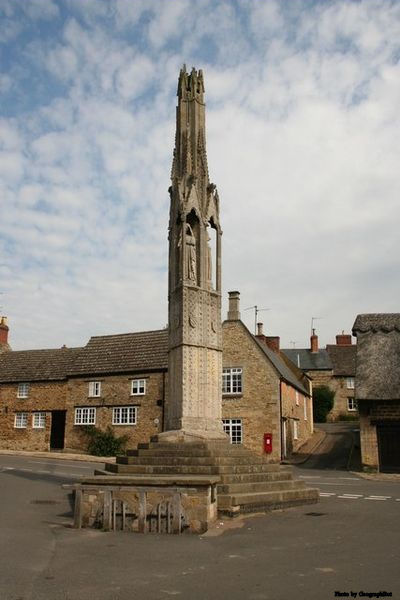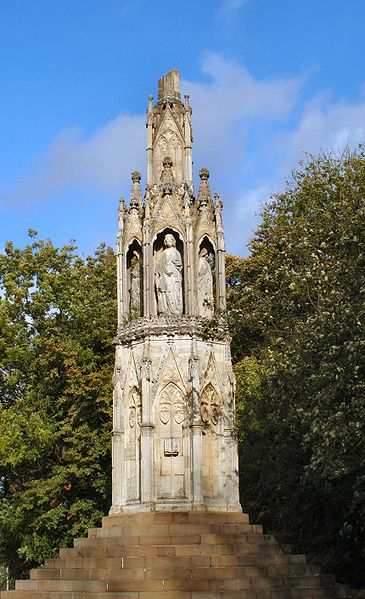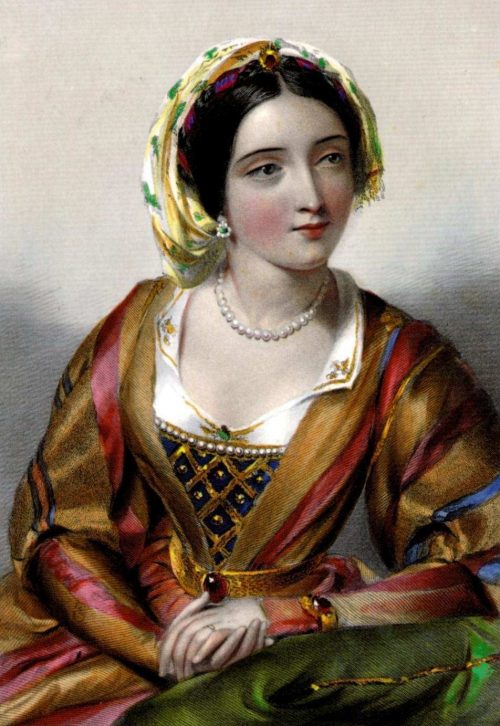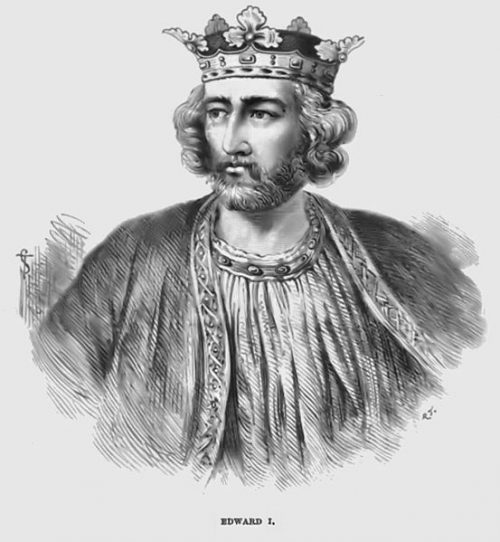She [Eleanor of Castille] died on November 28, in her forth-seventh year.…. Edward emerged from his solitary mourning to accompany the cortege to Lincoln. The bier rested that first night at the Priory of St. Catherine close to the city, and it was probably then that the determination became fixed in the king’s mind to express his grief in a memorable manner….Feeling that his once beautiful and always loving consort was worthy of special remembrance, Edward decided to erect a stone cross of surpassing beauty at every place where her body rested for a night. Because she had been so well loved by the people of England, he decided also that the work must be entrusted to native hands; a wise decision, for the work of the stone carvers of England could not be surpassed.
The first of the Eleanor Crosses was set up on Swine Green opposite the priory in Lincoln…. The second cross was on St. Peter’s Hill near the entrance to the town of Grantham. The third was at Stamford. The fourth was at Geddington, described as “one of the sweetest and quietest villages in England.” This one differed from the others in that the platform for the cross was raised over a bubbling spring.

Relic from times of faith ― the Geddington Cross, one of twelve, was erected by Edward I to mark the overnight resting places of the funeral cortege of his deceased queen, Eleanor of Castile (d. 1290) in its journey from Lincoln to Westminster Abbey.
The fifth was at Hardingstone, about a mile from Northampton, the sixth at Stratford, the seventh at Dunstable… the eighth at St. Albans. The ninth was at Waltham and the tenth at Cheapside in the outskirts of London. The eleventh and last was at the village called Cheringe then but now known as Charing.

Photo of the Northampton Cross taken by R Neil Marshman. The only three nearly intact crosses still standing are those at Geddington, Hardingstone, just outside Northampton, and Waltham Cross.
It was the most elaborate and stately of all. This sorrowful procession had lasted from December 4 until December 14. All the noblemen and the bishops who had attended the Parliament at Clipstone were in the mourning train.
Thomas B. Costain, The Three Edwards: A History of the Plantagenets (Garden City, NY: Doubleday & Company, Inc., 1958), pp. 43-44.
Short Stories on Honor, Chivalry, and the World of Nobility—no. 519











